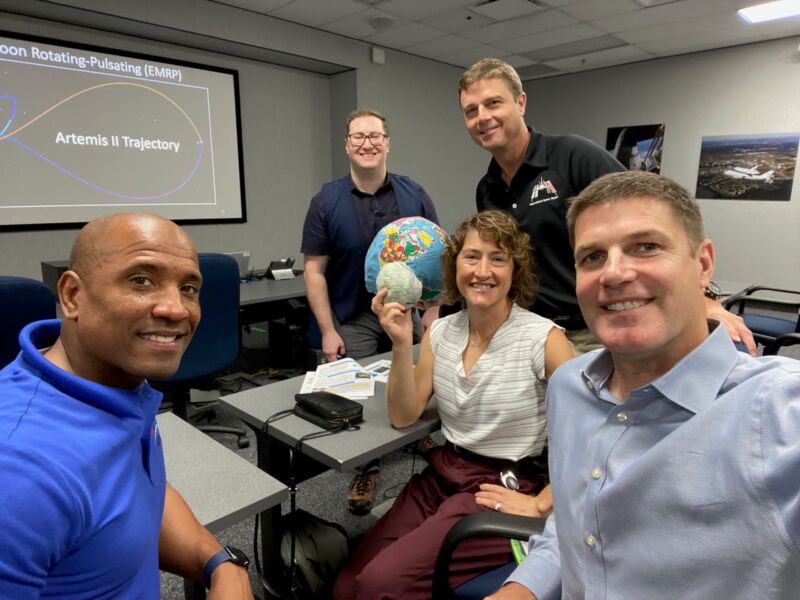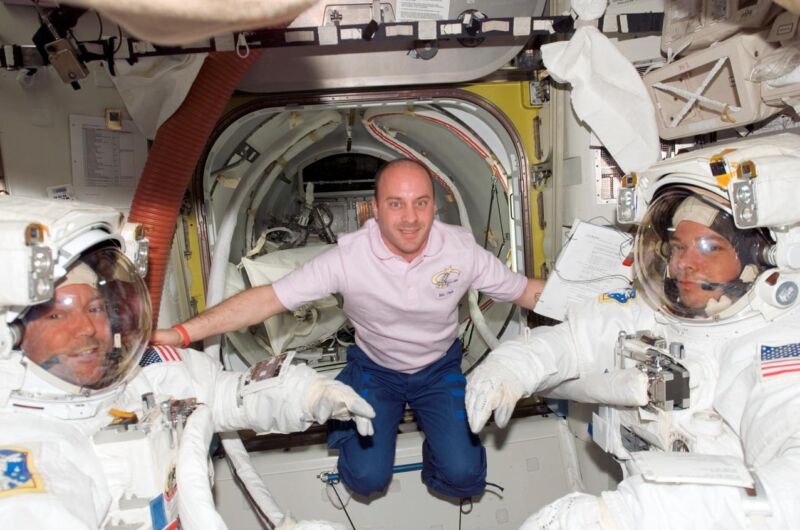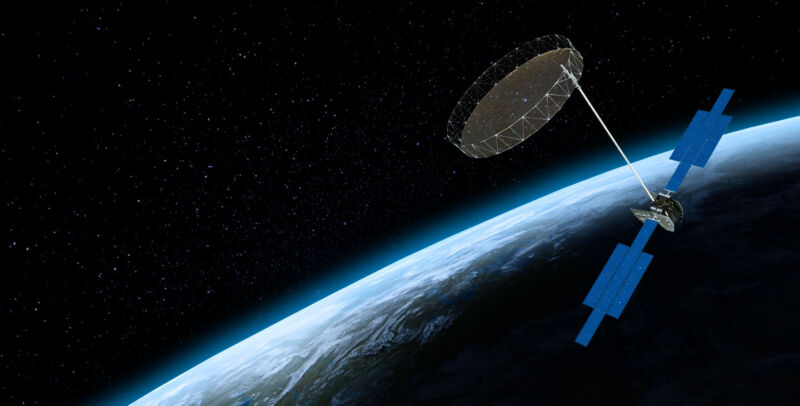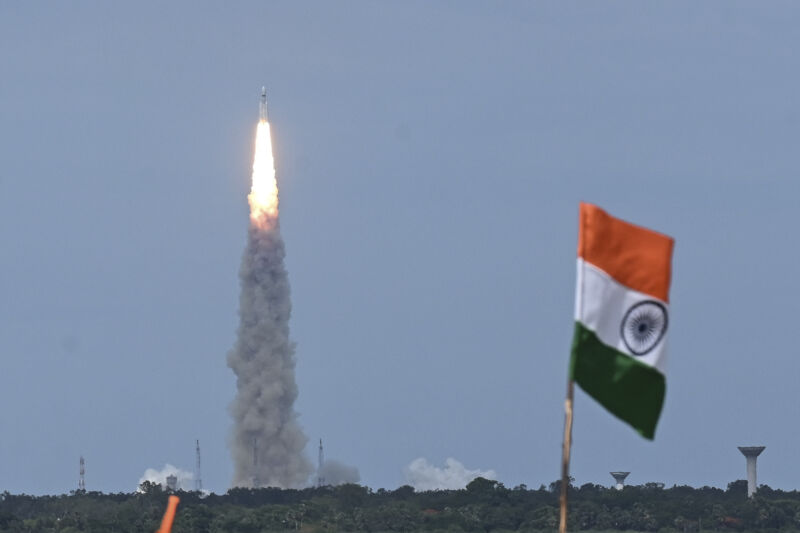-
 chevron_right
chevron_right
NASA starts building ice-hunting Moon rover
news.movim.eu / ArsTechnica • 19 July, 2023
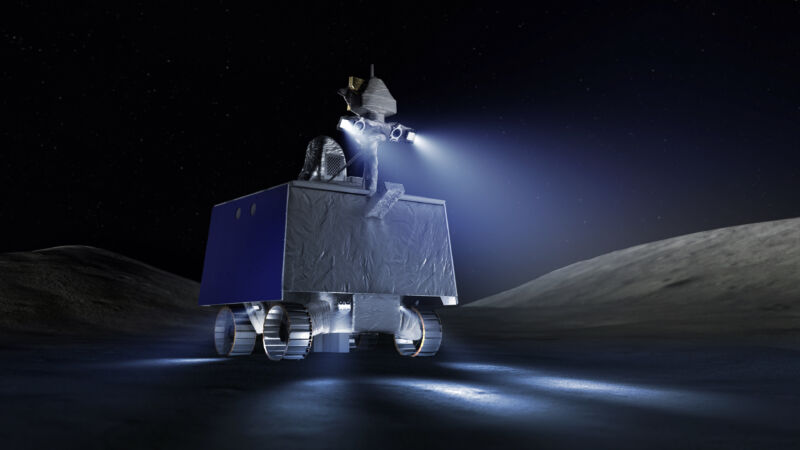
Enlarge / Artist's concept of the VIPER rover working in lunar darkness. (credit: NASA/Daniel Rutter )
The search for ice at the Moon’s poles has loomed large in the field of lunar science since an instrument on an Indian satellite discovered water molecules inside shadowed crater floors more than a decade ago. NASA is now assembling a golf cart-size rover to drive into the dark polar craters to search for ice deposits that could be used by future astronauts to make their own rocket propellant and breathable air.
“A large group of people have been working on this idea for 10-plus years,” said Anthony Colaprete, project scientist for NASA’s Volatiles Investigating Polar Exploration Rover (VIPER) mission.
Earlier this year, engineers at NASA’s Johnson Space Center in Houston started building the rover’s chassis. In June, the space agency formally approved VIPER’s team to move into full-scale assembly and testing ahead of the rover’s scheduled launch in November 2024.


